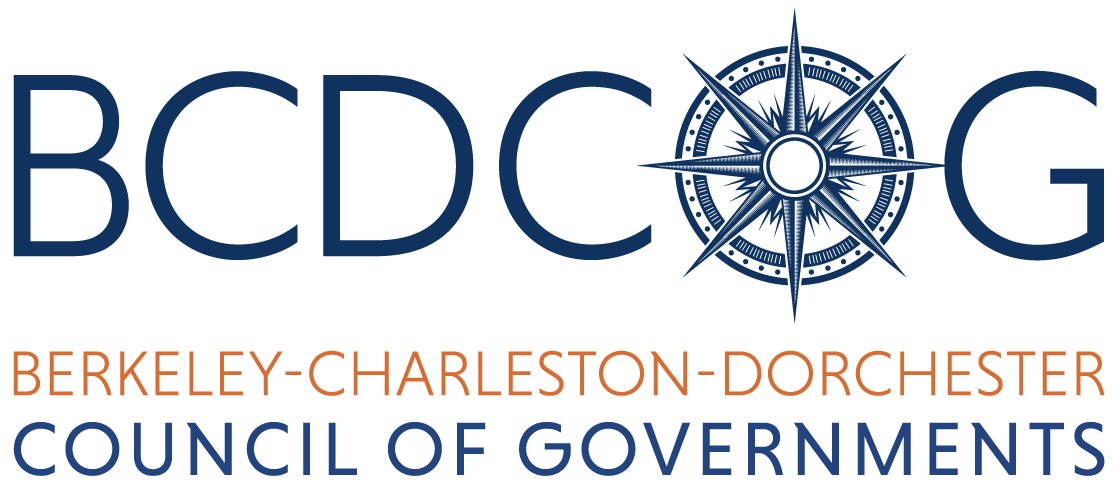Transportation administration

CARTA
The Charleston Area Regional Transportation Authority (CARTA) operates Charleston’s public transportation system covering the metro area of Charleston, South Carolina. CARTA is the state’s largest public transportation provider and ranks as one of the top systems in the Southeast, with a ridership of well over 4 million annually.
CARTA is funded in part by FTA and SCDOT. CARTA also receives local funding from farebox revenue and from the Charleston County 1/2 cent sales tax. CARTA is subject to the regulations of the U.S. Department of Transportation (DOT), Federal Transit Administration (FTA), South Carolina Department of Transportation (SCDOT), and federal, state and local laws.

TriCounty Link
The TriCounty Link transit system is comprised of nine regular fixed routes and six commuter routes that provide services to rural residents of Berkeley, Charleston and Dorchester counties. While each of the nine fixed routes follows a published schedule, each route also includes a route deviation option. The driver may go off the fixed route up to one-quarter mile to pick up customers that cannot meet the bus at designated stop locations. TriCounty Link is also a flag-stop system and will pick up customers between the scheduled stops along each of the fixed routes.

Lowcountry Rapid Transit
The Lowcountry Rapid Transit (LCRT) project is a proposed 21.5-mile bus rapid transit system connecting the Exchange Park in Ladson to Downtown Charleston that would provide reliable travel, connect communities, and energize economic opportunities along the corridor.
LCRT would provide residents with dependable, frequent transportation and greater access to opportunities throughout the region. Connections between communities and employment centers would be enhanced and would also accommodate other modes such as biking and walking.
- South Carolina’s first mass transit project;
- Connecting businesses, customers and commuters;
- Growth in employment clusters and affordable housing
Related Links
CARTA
TriCountyLink
Lowcountry Rapid Transit
More in Transportation
▸ Overview & CHATS
▸ Administration
▸ Planning
▸ Mobility Management
